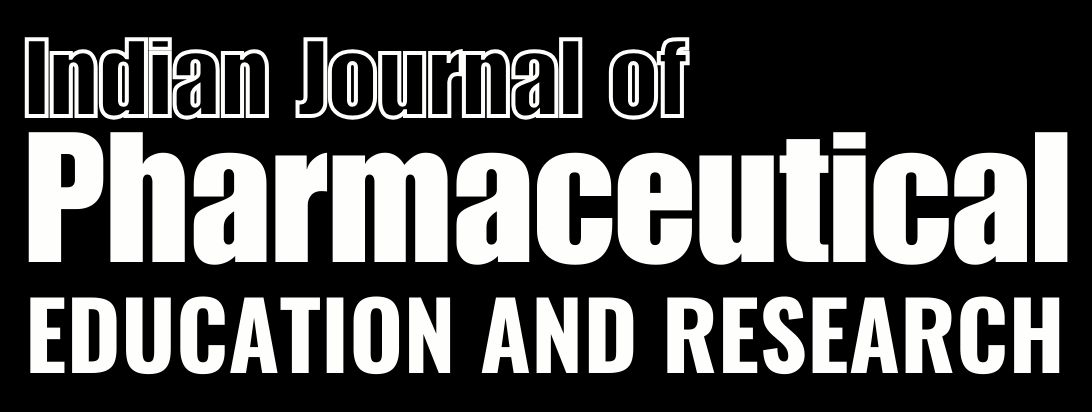ABSTRACT
Background:
Gums occurring in nature are widely used in pharmaceuticals for their unique properties and diversified applications. The natural gums are almost safely consumed as food additives as well as drug carriers, almond gum commonly known as ‘Badam’ gum. It is inexpensive and endowed with a variety of beneficial traits such as antibacterial, antioxidant and emulsifier properties. Polymers are important in every individual’s life, advancement in polymer sciences are helpful to improve their use, modifications and grafting alteration of natural gums with polymers has gained more values. N-Vinyl-2-Pyrrolidone (NVP) is the biocompatible, hydrophilic, non-ionic and non-toxic monomer. Due to its great affinity to numerous polymers it has diversified uses in the fields of cosmetics, medicine, food tech.
Objectives:
However, use of polymers is associated with problems; to overcome all the drawbacks and to assess the hidden benefits of them, here a research experiment is carried out to graft this almond gum with NVP for assessment of its activity as release modifier.
Materials and Methods:
The grafting is done with the help of microwave irradiation technique through the mechanism of free radical generation. Ceric ammonium nitrate was used as free radical inducer. Grafted gum was characterized by FTIR, DSC, SEM, XRD, EDX and Swelling study. Further the grafted gum was subjected to mucoadhesion study by preparing the tablet with diclofenac as model drug. Tablet was evaluated for Precompression and post compression parameters and finally the in vitro release study was performed on it.
Results:
Surprisingly the almond gum had shown controlled release activity on release of diclofenac from tablet with 98.49% steady release over the 12 hr
Conclusion:
These findings opened a window for further research application of almond gum as standard release modifier.


